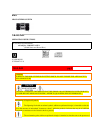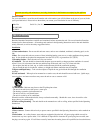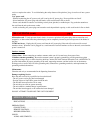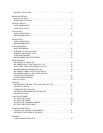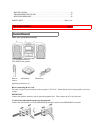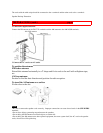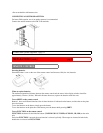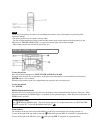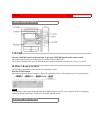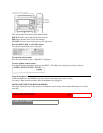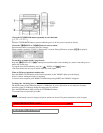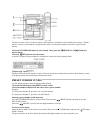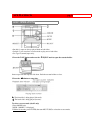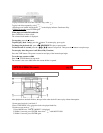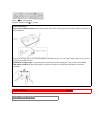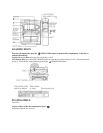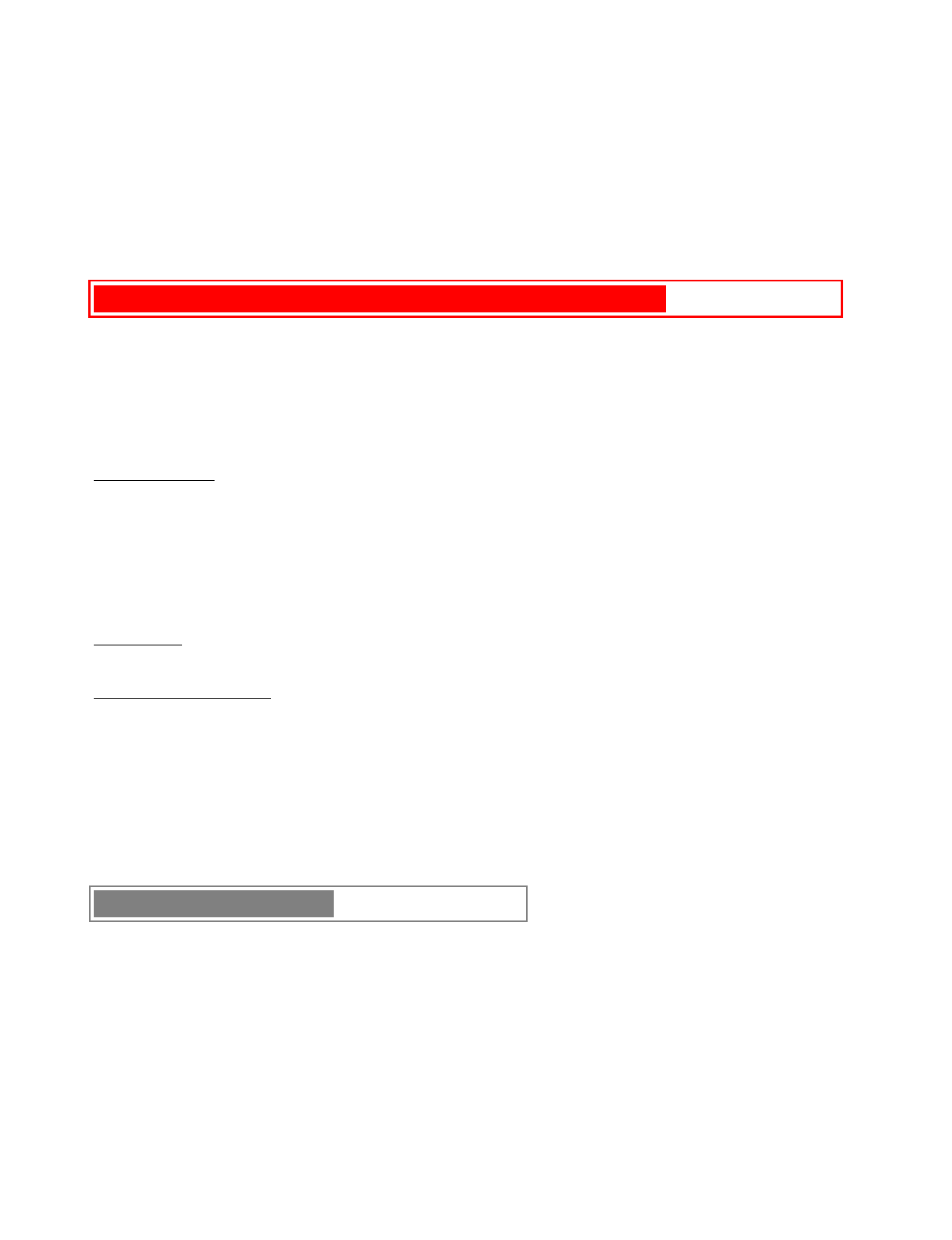
service or replace the outlet. To avoid defeating the safety feature of the polarized plug, do not force it into a power
outlet.
3 AC power cord
- When disconnecting the AC power cord, pull it out by the AC power plug. Do not pull the cord itself.
- Never handle the AC power plug with wet hands, as this could result in fire or shock.
- Power cords should be routed to avoid being severely bent, pinched, or walked upon. Pay particular attention to
the cord from the unit to the power socket.
- Avoid overloading AC power plugs and extension cords beyond their capacity, as this could result in fire or shock.
PRECAUTIONS (cont.) pg. 2
4 Extension cord - To help prevent electric shock, do not use a polarized AC power plug with an extension cord,
receptacle, or other outlet unless the polarized plug can be completely inserted to prevent exposure of the blades of
the plug.
5 When not in use - Unplug the AC power cord form the AC power plug if the unit will not be used for several
months or more. When the cord is plugged in, a small amount of current continues to flow to the unit, even when the
power is turned off.
Outdoor Antenna
1 Power lines - When connecting an outdoor antenna, make sure it is located away from power lines.
2 Outdoor antenna grounding - Be sure the antenna system is properly grounded to provide protection against
unexpected voltage surges or static electricity build-up. Article 810 of the National Electrical Code, ANSI/NFPA 70,
provides information on proper grounding of the mast, supporting structure, and the lead-in wire to the antenna
discharge unit, as well as the size of the grounding unit, connection to grounding terminals, and requirements for
grounding terminals themselves.
Maintenance
Clean the unit only as recommended in the Operating Instructions
Damage requiring Service
Have the units serviced by a qualified service technician if:
- The AC power cord or plug has been damaged
- Foreign objects or liquid have gotten inside the unit
- The unit has been exposed to rain or water
- The unit does not seem to operate normally
- The unit exhibits a marked change in performance
- The unit has been dropped, or the cabinet has been damaged
DO NOT ATTEMPT TO SERVICE THE UNIT YOURSELF
TABLE OF CONTENTS
PRECAUTIONS. . . . . . . . . . . . . . . . . . . . . . . . . . . . . . . . . . . . . . . . . . . . . . . . . . . . . . . 1
PREPARATIONS
CONNECTIONS. . . . . . . . . . . . . . . . . . . . . . . . . . . . . . . . . . . . . . . . . . . . . . . . . . . . . . . 3
REMOTE CONTROL. . . . . . . . . . . . . . . . . . . . . . . . . . . . . . . . . . . . . . . . . . . . . . . . . . . 5
BEFORE OPERATION. . . . . . . . . . . . . . . . . . . . . . . . . . . . . . . . . . . . . . . . . . . . . . . . . . 5
SOUND
AUDIO ADJUSTMENTS. . . . . . . . . . . . . . . . . . . . . . . . . . . . . . . . . . . . . . . . . . . . . . . . 6



